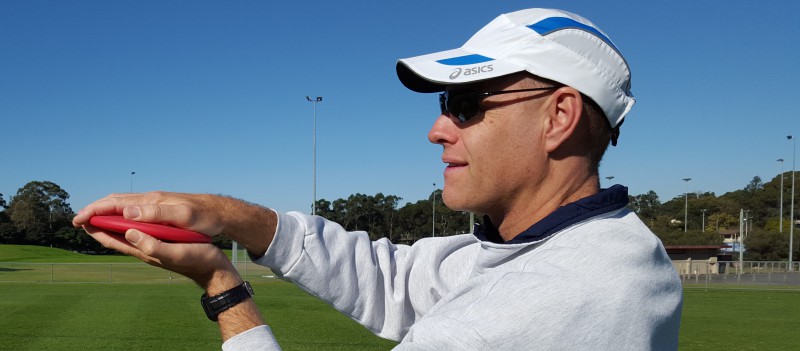How Knowing This Word’s Origin Could Transform Your Coaching
There are a number of words that could be nominated as crucial for coaches of young athletes to have an intimate knowledge of. I’m particularly thinking of those relating to physiology, cognitive development and coaching practice.
But there is one word more than all others that I think it is important for coaches of young athletes to understand and to have a strong sense about.
That word is coach.
A coach’s interpretation of this word is crucial to their coaching philosophy and arguably how effective they will be when working with young athletes.
The Origin Of “Coach”
There is no better way to get a true sense of a word than to learn of its origin.
According to two online sources (Wiktionary and Online Etymology Dictionary) the word “coach” comes from the name of a small Hungarian village Kocs, where carriages (i.e. horse-drawn vehicles) were made.
The word was first used to refer to an “instructor” or “trainer” around 1830 at Oxford University as slang for a tutor who “carries” students through an exam. It was first linked to sports and athletic trainers in 1861.
A coach as a “carriage” is a lovely thought that really resonates with me. It’s an image that an entire coaching philosophy can be built around.
Think about it: is there a better analogy for what good coaching is all about?
The role of the carriage is to transport someone from one place to another; to move a person from where they are to where they want to be.
Like a carriage, the effective coach:
- Takes the athlete from one point to another.
- Provides the means of transport for the journey.
- Gives the athlete the chance to see new things and experience new worlds.
- Helps an athlete to travel distances they never thought possible.
- Allows individuals to travel a distance in a quicker time that they could on their own.
The carriage acts as a service to its passengers, just as coaches should serve their athletes. Not the other way around.
The analogy runs deep but also has its limitations.
Unlike a carriage, the coach can’t do all of the lifting and shifting. The athletes must take some responsibility for making things happen.
And when relating the image of a carriage to coaching, I reject any thoughts of a young athlete sitting in a plush enclosed cabin, protected from and oblivious to the outside world. My preferred image is of the young person up in the driver’s seat reins in hand, ultimately the master of their destination, maybe with a co-driver for support.
In other words, the coach provides the means of transport, the athlete ultimately holds the reins.
Now What?
It’s a wonderful way to think about coaching: transporting someone from point A to point B; from where they are to where they want to be.
Now that you are aware of the origin of the word “coach”, how do you see yourself? Are you a “carriage” for your athletes? If not, how can you become more like one?
If this post helped you please take a moment to help others by sharing it on social media. If you want to learn more I encourage you to leave questions and comments or contact me directly.
Darren Wensor is a sports development professional, coach educator, specialist coach of young athletes, and founder of the blog coachingyoungathletes.com. Learn more about him here and connect with him on Twitter, Facebook, Linkedin, or via email. Check out Coaching Young Athletes on YouTube, the Coaching Young Athletes podcast, and the Coaching Young Athletes E-Book Series.

